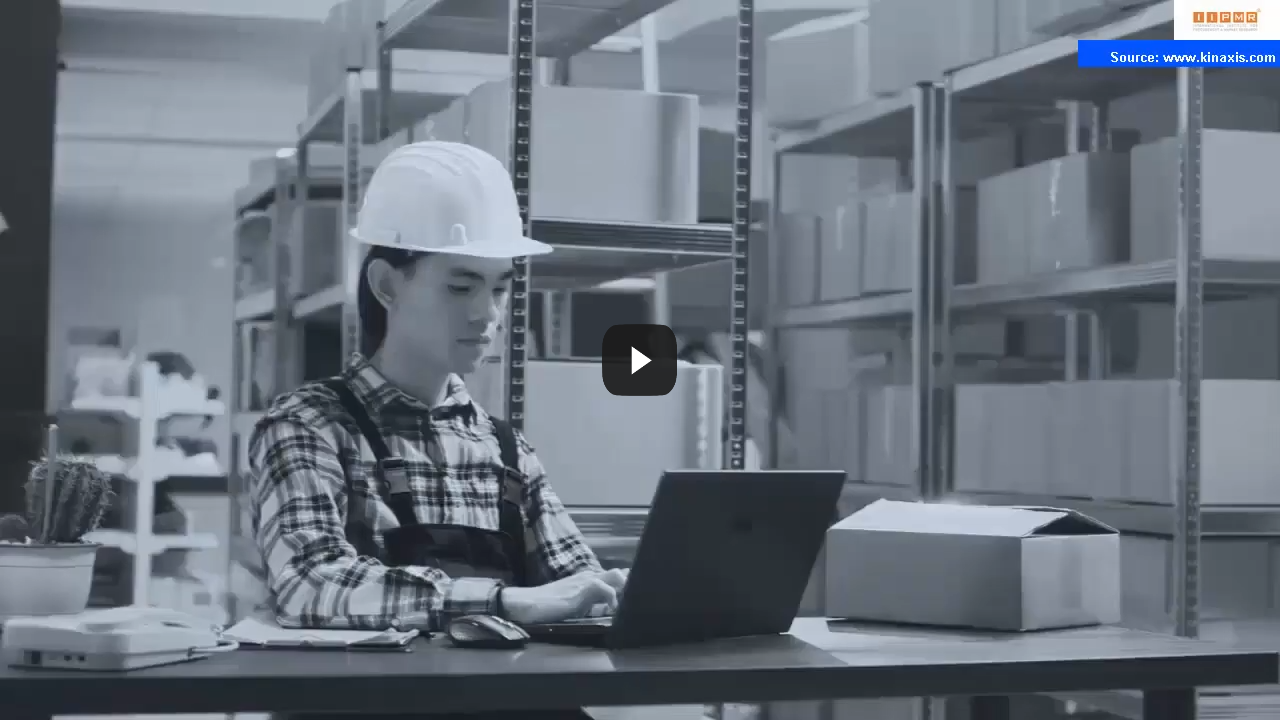Top Warehouse and Logistics Trends for 2024

Warehousing involves the physical storage of goods, while logistics is concerned with the movement, transport, and coordination of these goods from points A to B.
With consumer behavior drastically changing since the pandemic times, these links in the supply chain must evolve to meet those demands, as well as ensure business and operation costs are kept low while being profitable for stakeholders.
Today more than ever, consumers demand quality and expediency, ease, and fewer complications when purchasing goods. It’s become easy for us to check out our online shopping carts and expect our purchased goods to reach us in record time. Businesses know that there’s no turning back once consumers get used to efficient service.
Warehouse and logistics experts have made their predictions and projections as to what will drive the trends in 2024. Emerging technologies, automation, AI, machine learning, and robots heavily influence many of their insights.
(Also Read: Top 7 AI Trends in Manufacturing)
E-commerce continues to thrive
Even after brick-and-mortar businesses re-opened after the pandemic, online shopping continues to grow strong. We can order almost anything online these days, from food to clothing to medicine—for as long as the consumer has a browser and an online bank account, shopping has become one-click.
The ease of ordering, avoiding long shopping queues, and the hassle of hauling heavy bags home have been some of the most important hurdles e-commerce has addressed. E-commerce shows no signs of slowing down in 2024.
Because of this, businesses will need all the help they can get to keep up with consumer demands. Experts say that e-commerce will drive new investments in technology.
One area of focus will be on delivery. The faster the consumer receives their order, the better it is for businesses. Much of this focus will be on direct-to-consumer fulfillment, eliminating steps and middlemen, and also reducing the time involved in fulfilling the order.
E-commerce will impact warehouse spaces positively. According to Andre Luecht, Global Strategy Lead for Transport, Logistics, and Warehouse for Zebra, the rule of thumb when it comes to online sales is for every $1B in sales, 1 million square feet of warehousing is needed to support it.
According to Interact Analysis, warehouse space is expected to go beyond 6B square feet in 2025.
Sustainability and Green Initiatives will guide business strategy
Mandates for sustainability, ESG, and best practices for greener operations will influence many links in the supply chain, including warehouse and logistics.
Third-party logistics (3PL) companies will re-think and re-evaluate methods to reduce their carbon footprint as they move goods from warehouse to consumer.
Meanwhile, warehouses will implement better eco-friendly systems for storage, which may include warehouse designs and layouts. Packaging will also play a large role in sustainability initiatives. Recycling and waste management will also be areas of interest for warehouses.
Larger businesses will invest in technology
Experts predict that the gap between small, medium, and large warehouses will widen.
Large warehouses are those that come from global brands and multinational businesses, while small ones are local or regional.
Large warehouses have the capability to invest in technology that will allow them to keep dominating the industry, become more efficient, and gain larger profits.
Meanwhile, medium and small warehouses can still invest in technology where they see the benefits. The technology may not be on the same scale as the multinationals, but keeping abreast of automation systems and cloud computing can benefit their businesses.
If there’s one thing experts can agree on, it’s that businesses that refuse to invest in technology are in danger of being left behind.
Automation is the Key
Across the board in warehouse and logistics, automation holds the key.
Agility and flexibility are two things warehouses will need more of this year. Flexible automation will help manage the influx of palettes in the warehouse, not to mention allow human warehouse workers to focus on tasks requiring the human touch, such as on the frontlines and in decision-making.
Automatic storage retrieval systems (ASRS), automated pick-to-light, sortation, and conveyors are staples for warehouses and will continue to be in 2024. Smart warehouses and smart factories will thrive.
Mobility will also factor in largely, as it is related to automated decision-making. Investments will be made towards mobility solutions that are intuitive and hands-free.
Augmented and assisted reality has also been mentioned as one of the trends to look out for. Digital twinning in the warehouse will become more useful and integral to operations. More AI tools will be adopted, as well as tools for communication and collaboration. Larger warehouses will be investing in location and tracking solutions.
As one of the Top 20 EMS companies in the world, IMI has over 40 years of experience in providing electronics manufacturing and technology solutions.
We are ready to support your business on a global scale.
Our proven technical expertise, worldwide reach, and vast experience in high-growth and emerging markets make us the ideal global manufacturing solutions partner.
Let's work together to build our future today.
Other Blog




